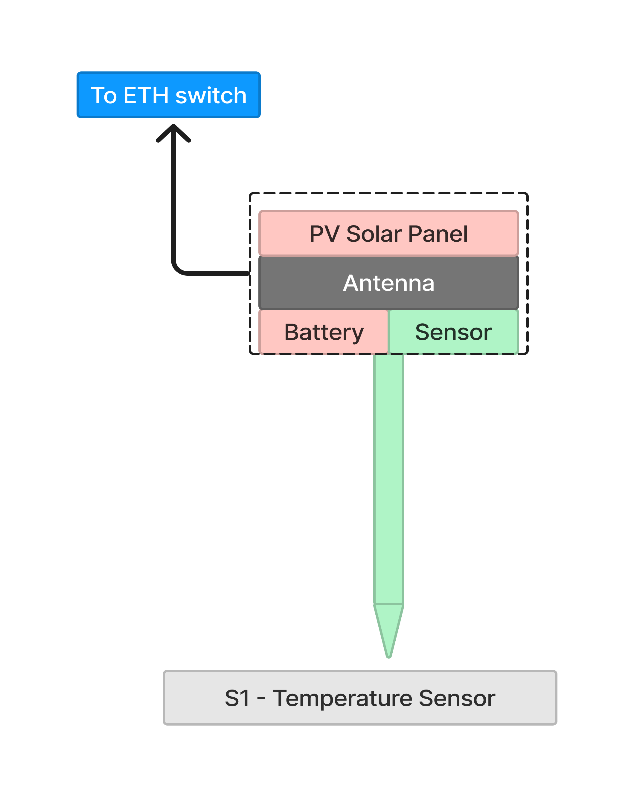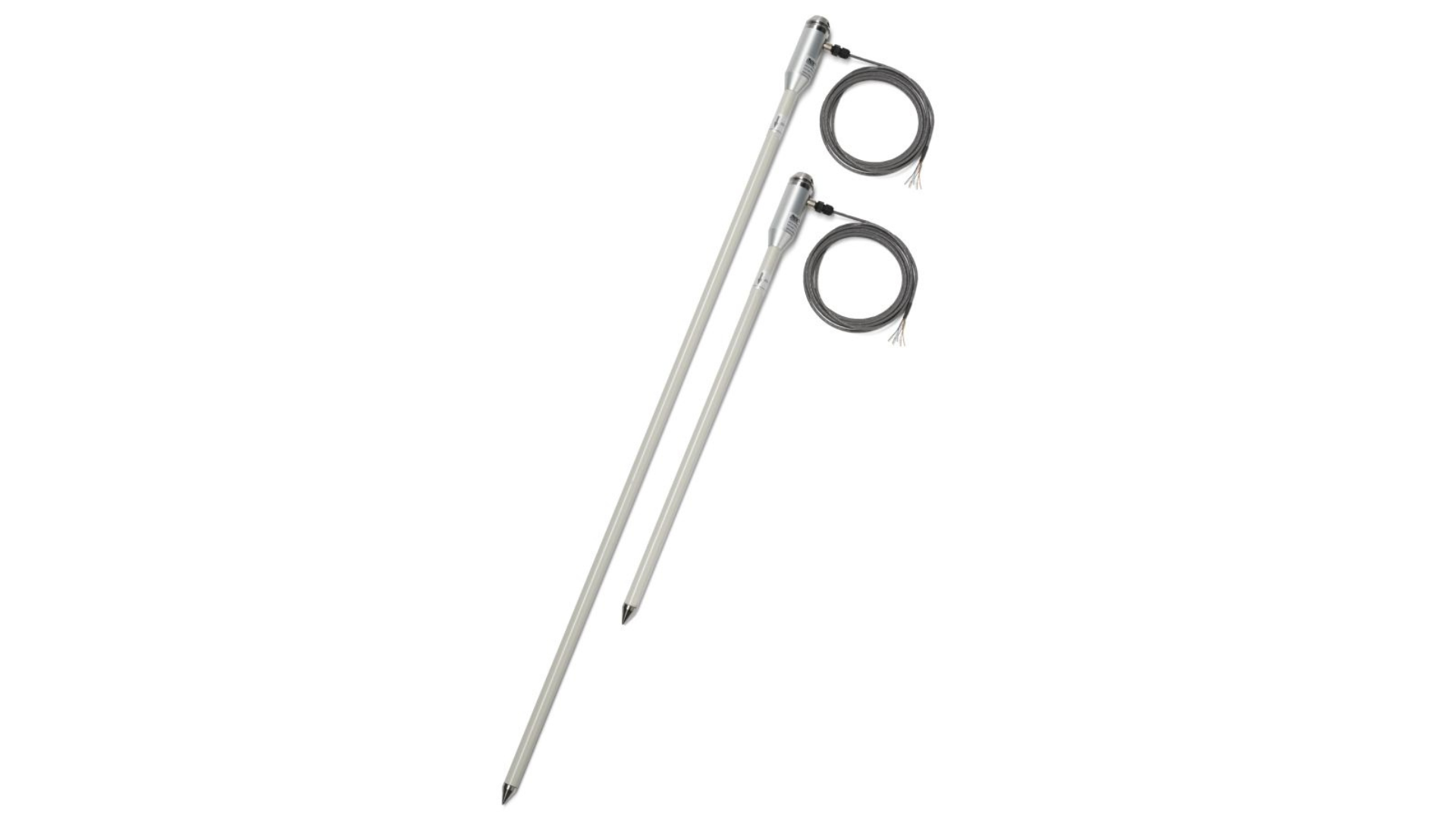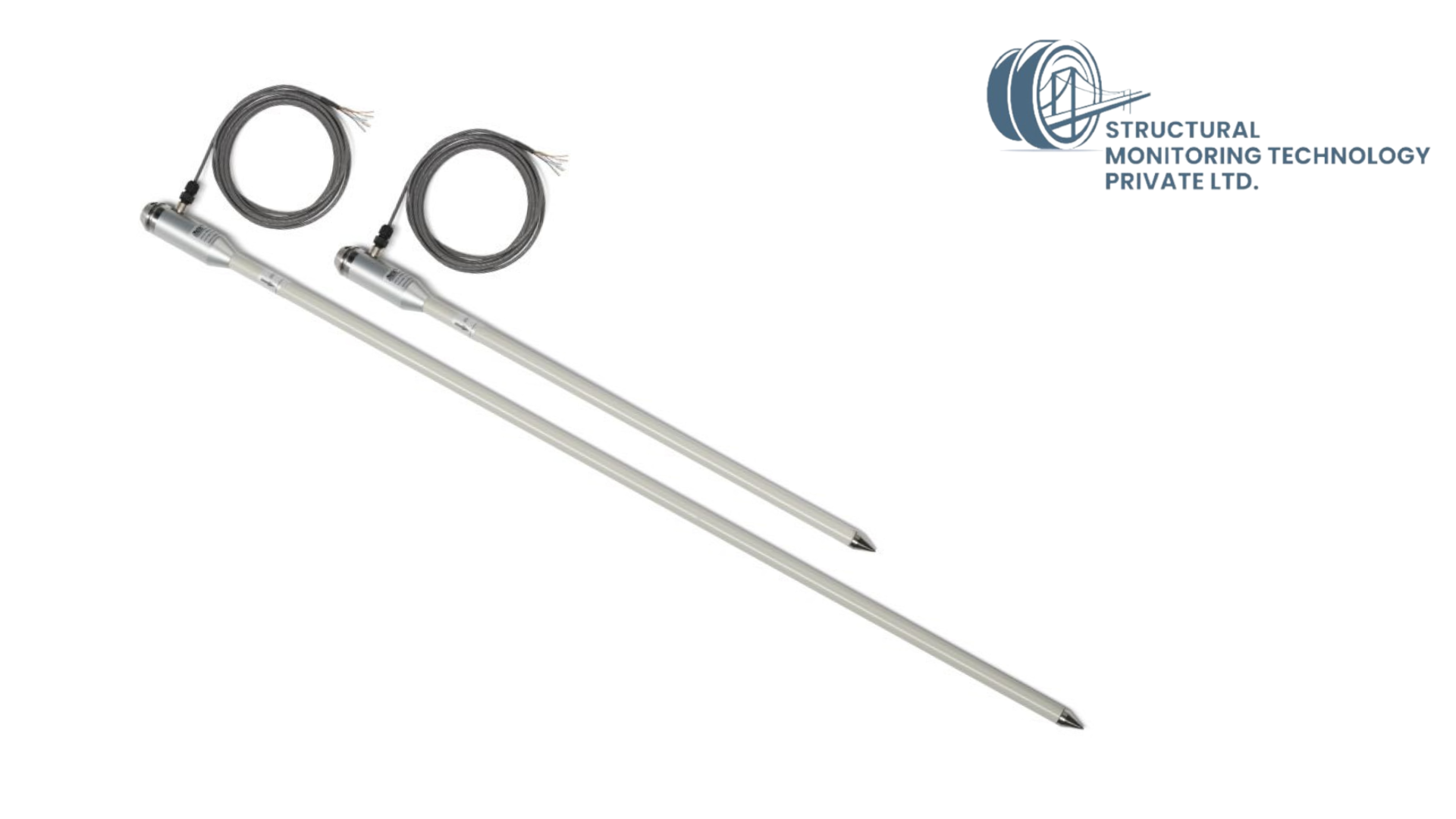In-Depth Temperature Sensor
Structure Monitoring Technology Private Ltd, Koregaon park, Pune, Maharashtra, India
The in-depth temperature sensor system is a sophisticated setup designed for precise temperature
monitoring within roads or other surfaces. It comprises several key components that work together
seamlessly to gather and transmit temperature data effectively.
Temperature Sensor: At the heart of the system is the temperature sensor itself. This sensor
is specially calibrated to accurately measure temperature variations within the road surface. It is
typically encased within a durable housing to protect it from environmental factors and ensure
reliable performance.
Communication Gateway: The communication gateway serves as the intermediary between the
temperature sensor and the external network. It is responsible for collecting the temperature data
from the sensor and formatting it for transmission. Additionally, the gateway may incorporate
additional functionalities such as data encryption and error correction to ensure the integrity and
security of the transmitted data.
Antenna: The antenna is used for wireless communication with the roadside receiver. It
receives signals from the temperature sensor and transmits them over the air to the receiver. The
antenna is carefully designed to optimize signal strength and range, allowing for reliable
communication even over long distances or in challenging environments.
PV Solar Components: To power the in-depth temperature sensor system, photovoltaic (PV) solar
components are integrated into the setup. These components typically include solar panels and
rechargeable batteries. The solar panels harness sunlight to generate electricity, which is stored
in the batteries for use when sunlight is unavailable. This setup ensures continuous operation of
the system without the need for external power sources.
Cat-eye Enclosure: All these instruments are housed within a robust cat-eye enclosure. This
enclosure is specifically designed for outdoor use and is typically mounted flush with the road
surface for minimal interference with traffic. It provides protection against weather elements,
vandalism, and accidental damage, ensuring the longevity and reliability of the temperature sensor
system.


The metal rod housing the temperature sensor is strategically placed at a predetermined depth within the road to ensure accurate measurement of road surface temperature. Once the sensor collects temperature data, it is transmitted wirelessly to a roadside receiver for further processing and analysis. This data can then be used for various applications such as road maintenance, traffic management, and weather forecasting.
